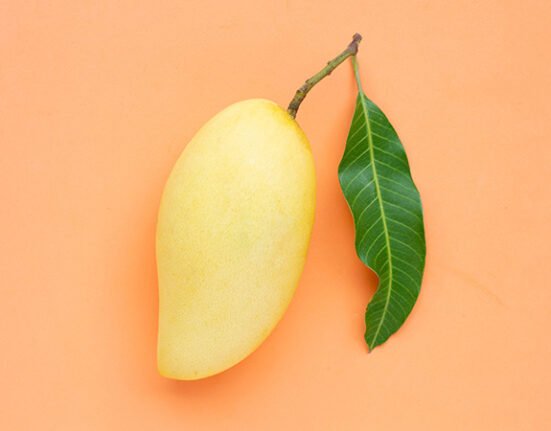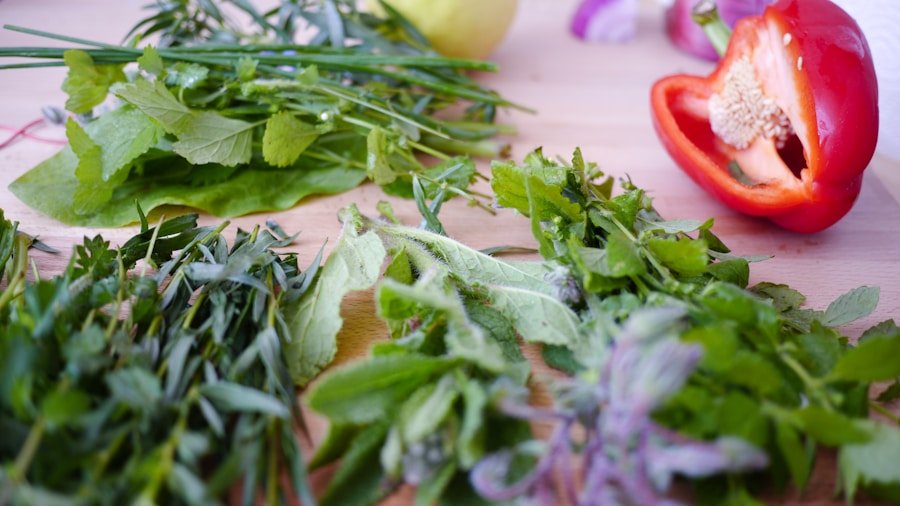Indoor plants provide numerous benefits for children’s physical health and overall well-being. One of the most significant advantages of having indoor plants is their ability to enhance air quality. Through photosynthesis, plants naturally absorb carbon dioxide and release oxygen, purifying the air and creating a healthier environment for children to grow and thrive.
Additionally, indoor plants can help reduce stress and anxiety in children, which can be particularly beneficial for those who feel overwhelmed or anxious. Research has shown that being around plants has a calming effect on the mind. Moreover, indoor plants can serve as a valuable educational tool for children, teaching them about the natural world and the importance of caring for living organisms.
By caring for indoor plants, children can develop a sense of responsibility and empathy as they learn to nurture and care for another living being. This can instill important values such as compassion and respect for the environment, having a lasting impact on a child’s development. Overall, the benefits of indoor plants for children are extensive, making them a valuable addition to any home.
Key Takeaways
- The best indoor plants for kids to learn about and eat include herbs like basil and mint, as well as vegetables like cherry tomatoes and lettuce.
- Benefits of indoor plants for kids include improved air quality, reduced stress, and the opportunity to learn about nature and responsibility.
- Growing indoor plants provides educational value for kids by teaching them about plant life cycles, nutrition, and the importance of caring for living things.
- Top indoor plants for kids to learn about and eat include strawberries, carrots, and sunflowers, which can be grown in containers or small garden plots.
- Incorporate indoor plants into kids’ meals by using fresh herbs and vegetables in recipes, and involving kids in the growing and harvesting process.
Educational Value of Growing Indoor Plants
The Basics of Plant Care
By caring for indoor plants, children can gain a better understanding of the fundamental needs of living things, such as water, sunlight, and nutrients. This hands-on experience can help to reinforce important scientific concepts, such as photosynthesis and the life cycle of plants, in a way that is engaging and memorable for kids.
Life Skills and Values
Growing indoor plants can also teach children about the importance of patience and perseverance, as they wait for their plants to grow and develop over time. Moreover, it can provide kids with a valuable introduction to the world of gardening and agriculture, helping them to develop important life skills that can benefit them in the future. By learning how to care for plants, children can develop a sense of self-sufficiency and independence, as they take on the responsibility of nurturing their own little garden.
Fostering a Love of Nature
This can help to instill a sense of pride and accomplishment in kids, as they watch their plants thrive under their care. Overall, the educational value of growing indoor plants for kids is significant, providing them with a hands-on learning experience that can help to foster a lifelong love of nature and the environment.
Top Indoor Plants for Kids to Learn About and Eat
When it comes to choosing indoor plants for kids to learn about and eat, there are several options that are both educational and delicious. One popular choice is the cherry tomato plant, which not only produces tasty fruits that kids can enjoy, but also provides them with an opportunity to learn about the process of fruit production and plant growth. Another great option is the strawberry plant, which produces sweet and juicy berries that are sure to be a hit with kids.
Growing strawberries can also teach children about the importance of pollination and the role that bees play in the production of fruit. In addition to fruit-bearing plants, there are also several herbs that are easy to grow indoors and can be used in cooking. For example, basil is a versatile herb that can be used in a wide range of dishes, making it a great choice for kids to learn about and incorporate into their meals.
Mint is another popular herb that is easy to grow indoors and can be used to make refreshing teas and desserts. By growing these types of plants, kids can learn about the different flavors and uses of herbs, while also gaining an appreciation for fresh, homegrown ingredients.
How to Incorporate Indoor Plants into Kids’ Meals
| Plant Name | Benefits | Care Level |
|---|---|---|
| Basil | Rich in vitamins and antioxidants | Easy |
| Mint | Improves digestion and freshens breath | Easy |
| Cherry Tomatoes | High in vitamin C and lycopene | Moderate |
| Spinach | Rich in iron and other nutrients | Moderate |
Incorporating indoor plants into kids’ meals is a great way to encourage them to try new foods and develop healthy eating habits. One simple way to do this is by using fresh herbs from indoor plants to add flavor to dishes. For example, kids can help to pick fresh basil leaves from the plant and sprinkle them over homemade pizza or pasta dishes.
This not only adds a burst of flavor to the meal but also allows kids to see the direct connection between the plants they have grown and the food they eat. Another way to incorporate indoor plants into kids’ meals is by using fruits or vegetables that they have grown themselves. For example, kids can pick ripe cherry tomatoes from their plant and use them to make a colorful salad or snack.
This not only provides them with a sense of pride and accomplishment but also encourages them to try new foods that they may not have been willing to try otherwise. By involving kids in the process of growing and harvesting their own food, parents can help to instill healthy eating habits that will benefit them for years to come.
Tips for Teaching Kids About Indoor Plant Care
Teaching kids about indoor plant care can be a fun and rewarding experience for both parents and children. One important tip is to involve kids in the process of caring for their plants from the very beginning, allowing them to take an active role in watering, fertilizing, and pruning their plants. This hands-on experience can help kids to develop a sense of ownership and responsibility for their plants, while also teaching them important skills that will benefit them in the future.
Another tip is to make indoor plant care a regular part of kids’ daily routine, helping them to develop good habits when it comes to caring for living things. For example, parents can encourage kids to check on their plants each day and water them when needed, helping them to understand the importance of consistency and attention to detail when it comes to plant care. By making plant care a regular part of their routine, kids can develop a deeper appreciation for nature and the environment, while also learning important life skills that will serve them well in the future.
Creating a Kid-Friendly Indoor Garden
Choosing the Right Plants
One key aspect of creating a kid-friendly indoor garden is choosing plants that are easy to grow and maintain, such as herbs or small fruit-bearing plants. This can help to ensure that kids have success with their garden from the start, boosting their confidence and enthusiasm for gardening.
Providing a Dedicated Space
Another important aspect of creating a kid-friendly indoor garden is providing kids with their own space to care for their plants. This could be as simple as setting up a small table or shelf where kids can keep their plants and gardening supplies, allowing them to take ownership of their garden and feel a sense of pride in their accomplishments.
Fostering a Love of Gardening
By creating a dedicated space for their indoor garden, parents can help to foster a love of gardening in their children while also providing them with an opportunity to learn about responsibility and nurturing living things.
Safety Considerations for Indoor Plants Around Kids
While indoor plants offer numerous benefits for kids, it’s important for parents to be mindful of safety considerations when introducing plants into their home. One important consideration is choosing non-toxic plants that are safe for children and pets, as some plants can be harmful if ingested or touched. Parents should research any new plants they bring into their home to ensure that they are safe for kids to be around.
Another safety consideration is teaching kids about proper plant care and handling, including how to water plants without overwatering or damaging them. Parents should also be mindful of any sharp or prickly plants that could pose a risk to young children, taking care to place these out of reach or in areas where kids are unlikely to come into contact with them. By being mindful of safety considerations when it comes to indoor plants, parents can ensure that their children can enjoy all the benefits of having plants in the home without any unnecessary risks.
In conclusion, indoor plants offer numerous benefits for kids, from improving air quality and reducing stress to providing valuable educational opportunities. By choosing the right plants and incorporating them into kids’ meals and daily routines, parents can help children develop a love of nature and healthy eating habits that will benefit them for years to come. With proper care and attention, indoor plants can provide children with a valuable learning experience while also adding beauty and life to their living space.
FAQs
What are the best indoor plants for kids to learn about and eat?
Some of the best indoor plants for kids to learn about and eat include cherry tomatoes, strawberries, basil, mint, and chives.
Why are indoor plants beneficial for kids?
Indoor plants are beneficial for kids as they provide a hands-on learning experience, teach responsibility, and encourage healthy eating habits.
How can kids learn about indoor plants?
Kids can learn about indoor plants by observing their growth, caring for them, and understanding their different parts and functions.
Are there any safety considerations when growing indoor plants with kids?
It is important to teach kids about plant safety and to ensure that the plants chosen are non-toxic and safe for consumption.
What are some fun activities for kids to do with indoor plants?
Kids can engage in activities such as planting seeds, watering the plants, observing growth, and harvesting the edible parts of the plants.





